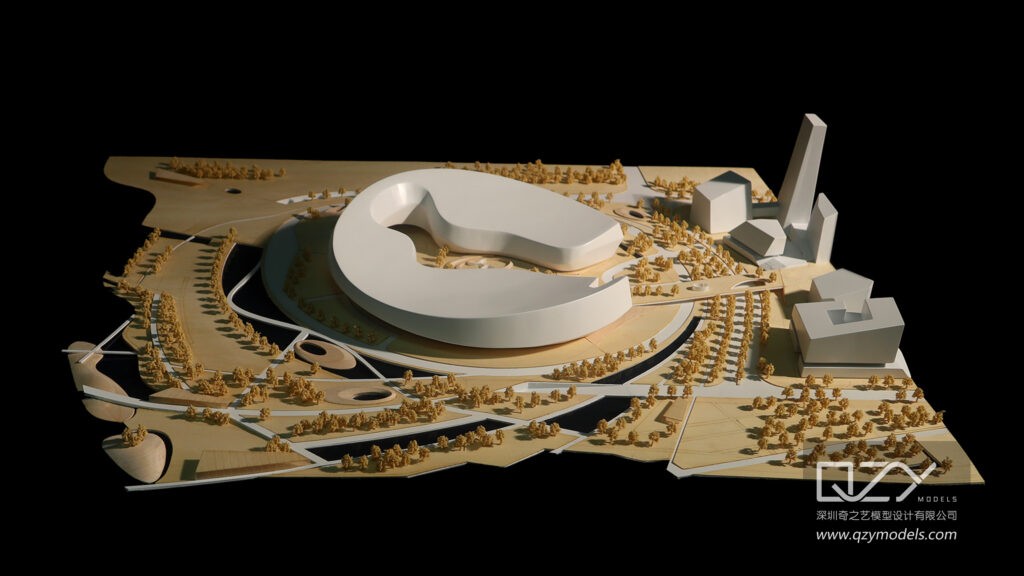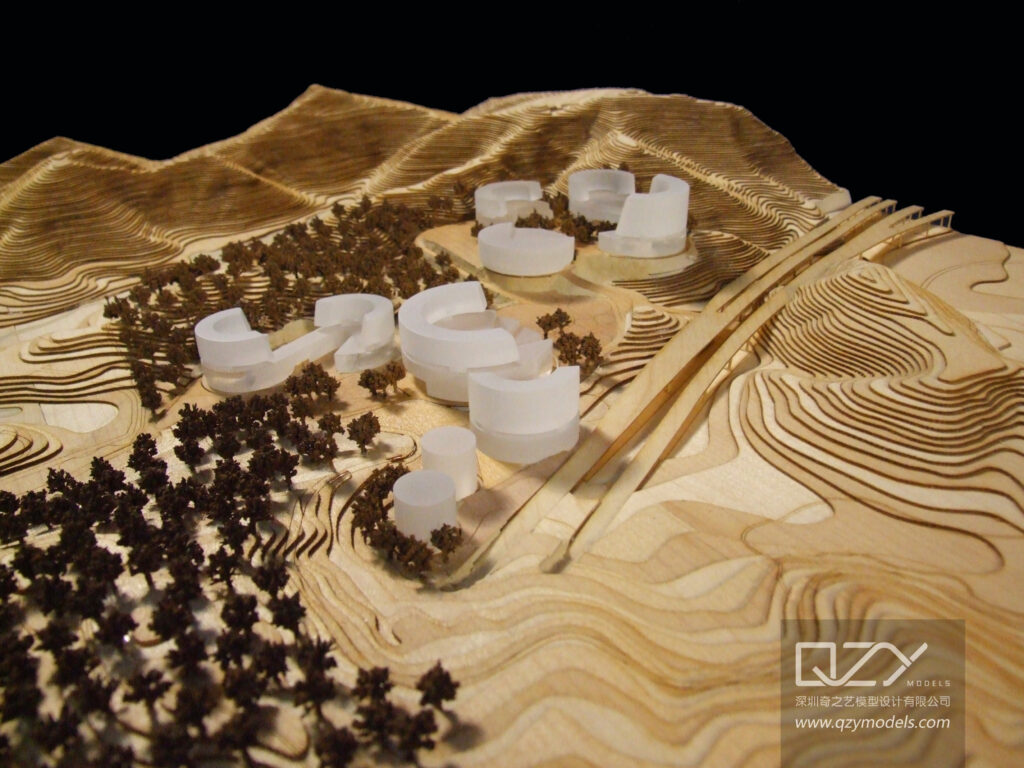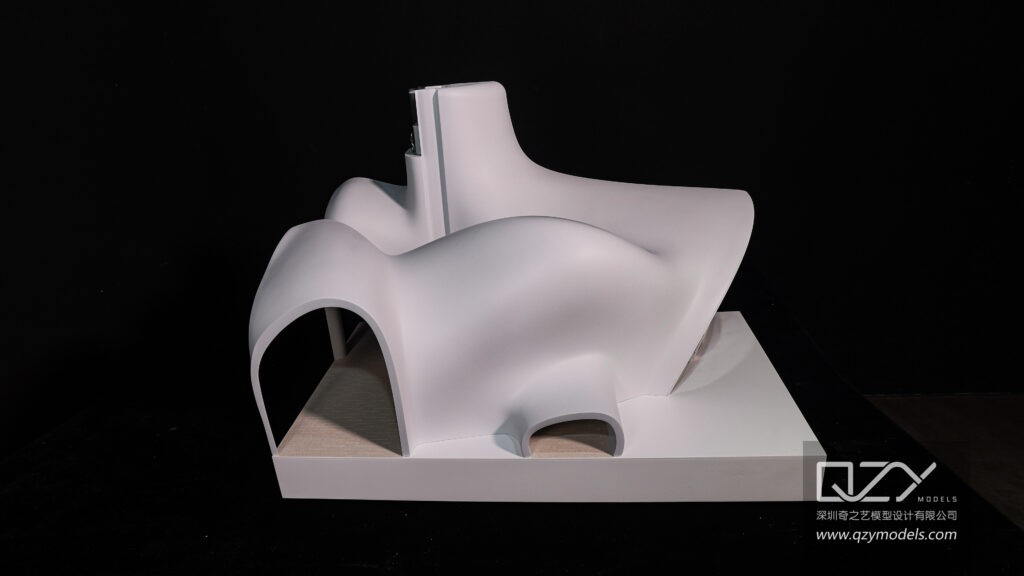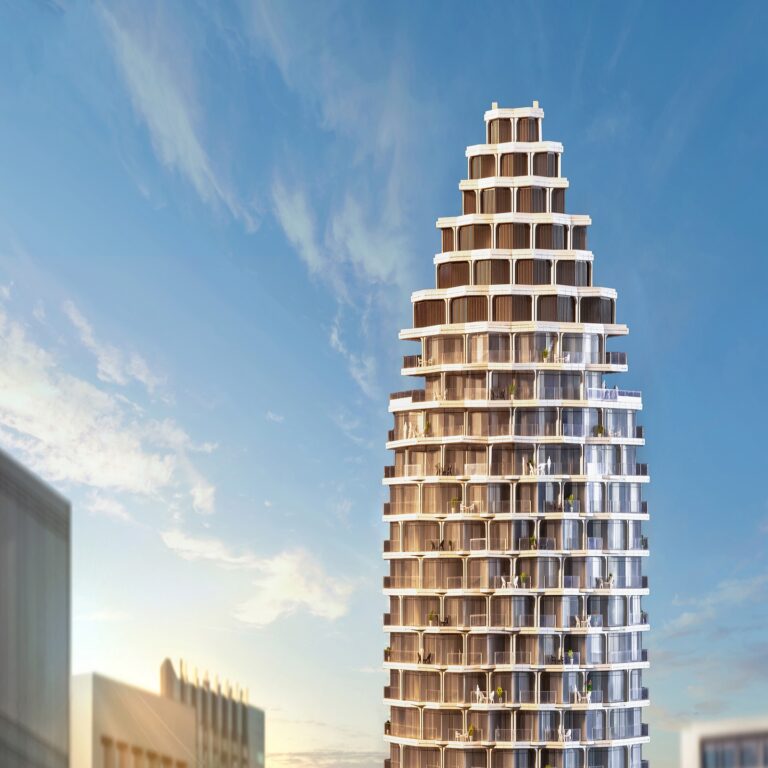Embark on a nuanced exploration into the world of conceptual physical models, where creativity meets tangible expression. Conceptual models serve as the tangible bridge between abstract ideas and concrete form, providing a unique insight into the early stages of design thinking. In this article, we will delve into the practical applications, craftsmanship, and evolving trends of conceptual models across diverse creative disciplines, from architecture to product design and the realm of artistic expressions.

I. The Essence of Conceptual Physical Models
Conceptual physical models serve as bridges between abstract ideas and tangible form, capturing the essence of creative concepts in a three-dimensional space.
A. Bringing Ideas to Life:
At the core, conceptual models are the physical manifestations of ideas. Architects, designers, and artists use these models to translate their abstract concepts into a tangible and visual medium. This process allows for a deeper exploration of design possibilities.
B. Iterative Design Exploration:
Conceptual models provide a hands-on approach to design exploration. Through a series of iterations, designers can physically manipulate and refine their ideas. This iterative process often leads to unexpected discoveries and innovative solutions.
C. Communicating Design Intent:
For professionals across various creative disciplines, conceptual models are powerful communication tools. They transcend language barriers, allowing designers to vividly communicate their design intent to clients, collaborators, and the broader audience.
II. Types of Conceptual Physical Models
Explore the various types of conceptual physical models employed across different industries and creative domains.
A. Architectural Concept Models:
In architecture, conceptual models are instrumental in visualizing early-stage design ideas. These models focus on conveying overall concepts, spatial relationships, and the initial vision for a structure. They serve as a canvas for architects to experiment with design elements.
B. Product Design Prototypes:
For product designers, conceptual models manifest as prototypes that embody innovative product ideas. These models provide a tangible representation of form, function, and user experience, guiding the refinement of the design before mass production.
C. Artistic Expressions:
Artists utilize conceptual models to explore abstract artistic concepts. These models can be sculptures, installations, or interactive art pieces that challenge traditional perspectives and invite viewers to engage with creativity on a visceral level.

III. Craftsmanship in Conceptual Model Making
The artistry of crafting conceptual models requires a blend of skill, precision, and creativity.
A. Materials as Medium:
Model makers carefully select materials that align with the conceptual vision. From traditional wood and clay to modern acrylics and 3D-printed components, each material contributes to the visual and tactile qualities of the model.
B. Detailing and Scale:
Even in the conceptual stage, attention to detail is paramount. Model makers meticulously incorporate fine details, textures, and elements that breathe life into the conceptual model. Achieving the right scale is essential to convey the intended impact.
C. Fusion of Traditional and Modern Techniques:
Craftsmanship in conceptual model making often involves a fusion of traditional handcrafting techniques and modern technologies. This integration allows for a rich and diverse range of artistic expression.
IV. The Influence of Conceptual Models in Design Thinking
Conceptual physical models play a pivotal role in the broader framework of design thinking, shaping the creative process and problem-solving methodologies.
A. Inspiring Innovation:
Conceptual models act as catalysts for innovation, encouraging designers to think beyond conventional boundaries. They inspire fresh perspectives and unconventional approaches to problem-solving.
B. User-Centric Design:
In fields like product design, conceptual models contribute to user-centric design thinking. By creating physical prototypes, designers can better empathize with users, test functionality, and iterate designs based on real-world interactions.
C. Enhancing Collaboration:
The tangible nature of conceptual models enhances collaborative efforts. Design teams, stakeholders, and clients can physically engage with the model, fostering a collaborative atmosphere where ideas can be exchanged and refined collectively.
V. Conceptual Physical Models in Industry and Education
The impact of conceptual physical models extends beyond the creative process, influencing industry practices and educational methodologies.
A. Industry Applications:
Conceptual models find applications in various industries, from architecture and design to engineering and urban planning. In architecture, they aid in presenting design proposals, while in engineering, they assist in visualizing complex systems.
B. Educational Significance:
Educational institutions incorporate conceptual physical models into curricula to nurture creative thinking. Students across design disciplines use these models as tools for learning and experimentation, fostering a holistic understanding of design concepts.

VII. Exhibition and Presentation of Conceptual Models
The exhibition of conceptual models is an art in itself, involving thoughtful curation, lighting techniques, and interactive elements to convey the depth and essence of the creative concept.
A. Thoughtful Curation:
Curating conceptual models for exhibition involves selecting pieces that collectively tell a compelling narrative. Thoughtful arrangement enhances the viewer’s understanding of the creative process and the evolution of ideas.
B. Lighting Techniques:
Strategic lighting plays a crucial role in accentuating the details and form of conceptual models. Lighting techniques are employed to cast shadows, highlight textures, and create a visually captivating presentation.
C. Interactive Elements:
In modern exhibitions, incorporating interactive elements adds a dynamic dimension to the viewer’s experience. Touchscreens, augmented reality displays, or guided tours provide additional layers of engagement, allowing viewers to delve deeper into the conceptual narrative.
Conceptual physical models, with their tangible embodiment of creative thought, are more than static representations; they are dynamic expressions of the creative process. From architectural design to artistic exploration and product innovation, these models play a crucial role in shaping our understanding of form, function, and human interaction.
Discovering the World Through Miniatures – About Us
QZY Models, founded in 2013 in Shenzhen, China, is a leading professional team specializing in the design and production of customized physical models. Rooted in the architecture industry, QZY Models caters to diverse model production needs, ranging from furniture, interior design, architectural landscape, to urban planning. Moreover, we are continuously exploring various fields, including dynamic mechanical models, industrial equipment displays, scientific and technological principle displays, and exhibition displays, to create a diverse model service ecosystem.
Since commencing our independent business in 2013 and establishing our base in Shenzhen, ensuring quality has always remained our top priority. We have forged strong collaborations with renowned companies in over ten countries, such as the United Kingdom, the United States, Canada, and Singapore. Our completed projects span across China, the United Arab Emirates, Saudi Arabia, Egypt, Poland, Morocco, Ethiopia, and other countries. Presently, QZY Models has established branches or offices in Egypt, Morocco, Saudi Arabia, Lebanon, Italy, the Netherlands, and other locations, firmly committed to serving global customers.
















